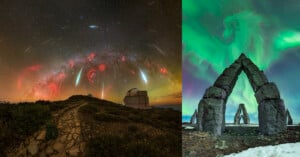
Astronomy Photographer of the Year Features Cosmic Fireworks and Aurora Dragons
The shortlist for the Astronomy Photographer of the Year has been revealed with a hatful of spectacular celestial images picked from over 3,500 entries.

The shortlist for the Astronomy Photographer of the Year has been revealed with a hatful of spectacular celestial images picked from over 3,500 entries.
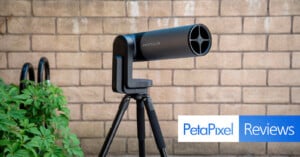
Most "serious" astrophotographers will balk at the idea of a smart telescope. While it may miss some of the professional level tools, resolution, and precision, the $2,499 eQuinox 2 from Unistellar does provide easy access to the cosmos for up to 10 viewers at a time, making it a great (albeit expensive) tool for beginners and casual stargazers to enjoy viewing interstellar objects in minutes.
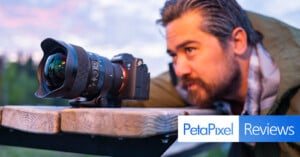
Jordan Drake -- my YouTube partner -- hands me the Sigma 14mm f/1.4 DG DN Art lens, and the first thing that strikes me is just how bulky it is. The second thing that strikes me is that we need to go shoot some astrophotography with it.
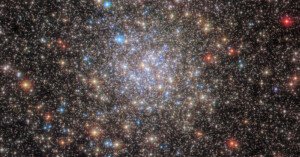
NASA has released a guide to the night sky for May with the main opportunities for astrophotographers coming from planets rising in proximity to the Moon.
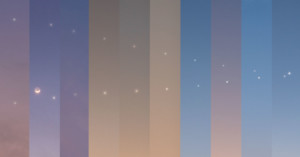
A photographer captured Venus and Jupiter over a period of 10 days as they converged toward each other in the night sky, practically kissing one another at the apex.
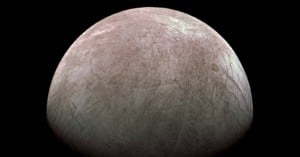
Andrea Luck, known in astronomy for his unique image processing of planetary images, has released several newly edited, highly-detailed images of Europa.
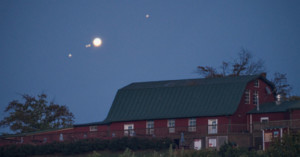
Photographer Brennan Gilmore took advantage of Jupiter's closest position to Earth in the last 59 years and captured a photo of the gas giant along with its four Galilean moons over the roof of a barn.
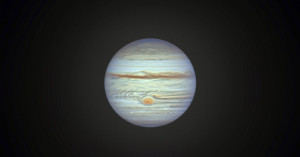
Accomplished astrophotographer Andrew McCarthy captured his "sharpest Jupiter shot", as the planet comes the closest to Earth it has been for nearly 60 years.
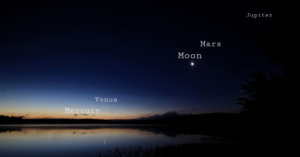
The last few days have seen a parade of planets lined up in the night sky with Mercury, Venus, Saturn, Mars, Jupiter, and the moon all visible -- a planetary alignment that won't happen again until 2040.
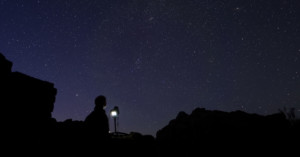
Starting in April, the northern hemisphere will be treated to an alignment of up to five planets and the moon, all visible together. Planetary alignments, especially at this scale, aren't common and could prove to be an excellent photo opportunity.
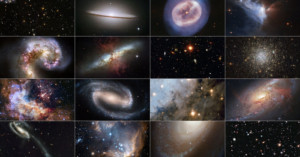
The Hubble Space Telescope recently celebrated its 20th year using the Advanced Camera for Surveys (ACS), which was installed on Hubble in March of 2002 and became its most used camera.
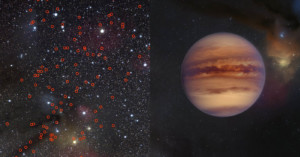
In a groundbreaking discovery, astronomers have spotted at least 70 -- but potentially up to 170 -- new "rogue" planets floating by themselves in space thanks to wide-field images gathered from satellites and other facilities across the globe.
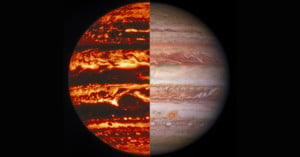
NASA's Juno probe, which is currently orbiting Jupiter, has provided a more detailed picture of the process that makes up the clouds found in the gas giant's atmosphere. These first-ever 3D images show the structure of its numerous vortex storms.
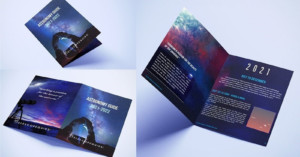
Those who want to photograph the night sky can leverage techniques common to all of landscape photography, but they still need to know when, and where, the objects they want to capture in the night sky are going to happen. To help out with that, Telescope Guide has released its 2021-2022 Astronomy Guide and Events Calendar including the best things to see in the night sky.
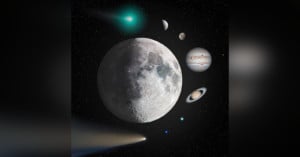
As recently as the early 1900s, astronomers believed the Milky Way was all that existed in the universe. That view persisted until 1923, when Edwin Hubble used glass plate photographs of the Andromeda galaxy (then still thought to be just a nebula) to discover that the universe was unimaginably larger. His discovery was so significant that NASA’s first space telescope was given his name.
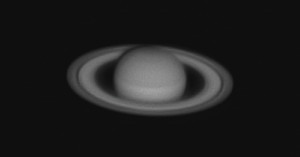
Did you know that you can capture clearer photos of planets by using a red filter? Photographer Andrew McCarthy captured this view of Saturn from his backyard in Sacramento by doing just that.
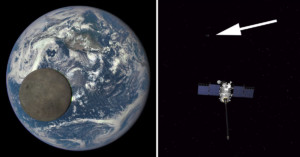
What would iconic space probe photos of celestial bodies in our solar system look like if they had been shot with an ordinary smartphone camera? Astronomer Scott Manley made this 12.5-minute video that explains the answer, which is: "not much."
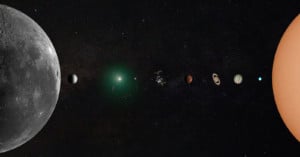
Check out this family portrait of our solar system. It's a composite photo created by a single astrophotographer who photographed the planets from his own backyard in Sacramento, California.
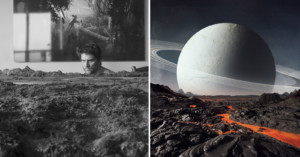
Photographer Adam Makarenko has a portfolio filled with space photos that look like they were shot by NASA probes. But each of the planets and alien landscapes was actually made by hand and then carefully photographed.
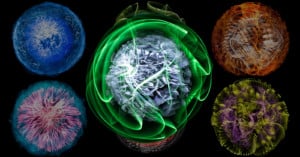
Light painting photographer Bernhard Rauscher, better known by his pseudonym lumenman, does all kinds of interesting things with light. But one of his simplest experiments is also one of his most captivating. He calls them 'Light Planets.'
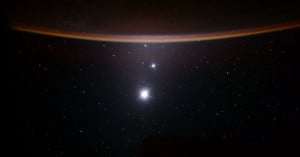
On July 19th, after NASA astronaut Scott Kelly's 114th day on the International Space Station, Kelly pointed his camera out a window and captured this gorgeous photo that shows the Earth, the Moon, Venus, and Jupiter lined up in a row.
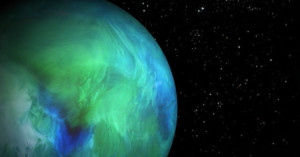
For the past couple of years, photographer Navid Baraty has been experimenting with the idea of creating photographs of the universe without having to leave his home... and without having to point a camera up at the sky. His WANDER Space Probe series of images may resemble photos captured by NASA using its Hubble telescope camera, but the photos were actually created by putting ordinary kitchen items on an Epson flatbed scanner.
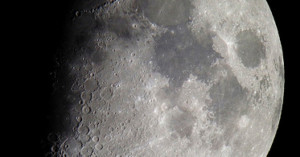
I’m often asked how I am able to take high-quality images of the solar system using my iPhone. In short, the quality of today’s smartphone cameras makes it possible to take very respectable images of the Moon and planets through a telescope with your phone – but it takes some work.
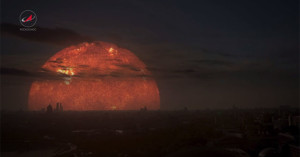
The photo illustration above shows what a photo of a sunset here on Earth would look like if the sun were replaced with Arcturus, one of the brightest stars in our "neighborhood."
The Russian Federal Space Agency recently released a couple of "Alternative History" videos that imagine what the sky would look like if the Sun were replaced with other stars and if the moon were replaced with planets in our solar system.
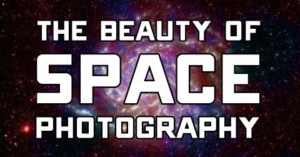
Astrophotography, especially the type taken by $10 billion telescopes floating around in outer space, is both fascinating and beautiful. The photos offer so much, both from an artistic and scientific standpoint. Awe-inspiring glimpses into the great void are now widely available, making these unbelievably distant galaxies seem almost touchable.
In the video above, PBS got together Astrophysicist Dr. Emily Rice, Hubble Image Processor Zolt Levay and Astronomer David W. Hogg to discuss the beauty and importance of space photography -- explaining a little bit of the why and how behind our photographic search of the universe.
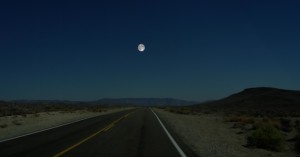
In the past, we've shared some interesting experiments that photographers and artists have done, imagining what our photos would look like if something were to be drastically different about out planet or solar system. Today, we're adding another one to that list.
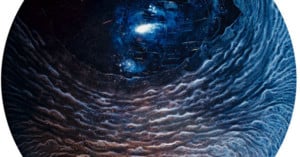
Photographer Ernie Button has a unique project called Vanishing Spirits in which he photographs the bottom of Scotch glasses once the whisky has evaporated way. The residue creates textures and colors that make the photographs look as though they're images of otherworldly planets.

Photographer Adam Kennedy has a hobby that's pretty unique among the photo projects we've seen. He photographs fire hydrants and Photoshops them into planets. That sounds random, but the results are actually quite neat.
The photograph above shows a before-and-after of what his original photos look like and what he turns the rusty old hydrants into.
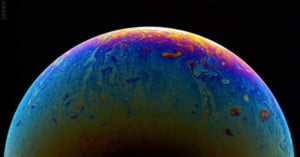
For his project titled "Bubbles", London-based photographer Jason Tozer photographed soap bubbles in a way that makes them look photos of planets taken from space. Unlike NASA's actual space probe photos, Tozer's images contain wild, psychedelic colors.
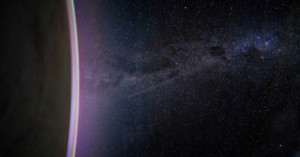
Over the past decade, photographer Michael Benson has worked as a self-assigned curator of the past 50 years of NASA's interplanetary space exploration photography. His big idea is that the images produced during this period form an important chapter in the history of photography, so he wants to select and repackage images in a way that can appreciated by the general public. After browsing through massive numbers of RAW photos shot by space agencies, Benson composites and colorizes them into gorgeous wide-angle views showing what the locations would look like if the viewer were standing where the probe was.